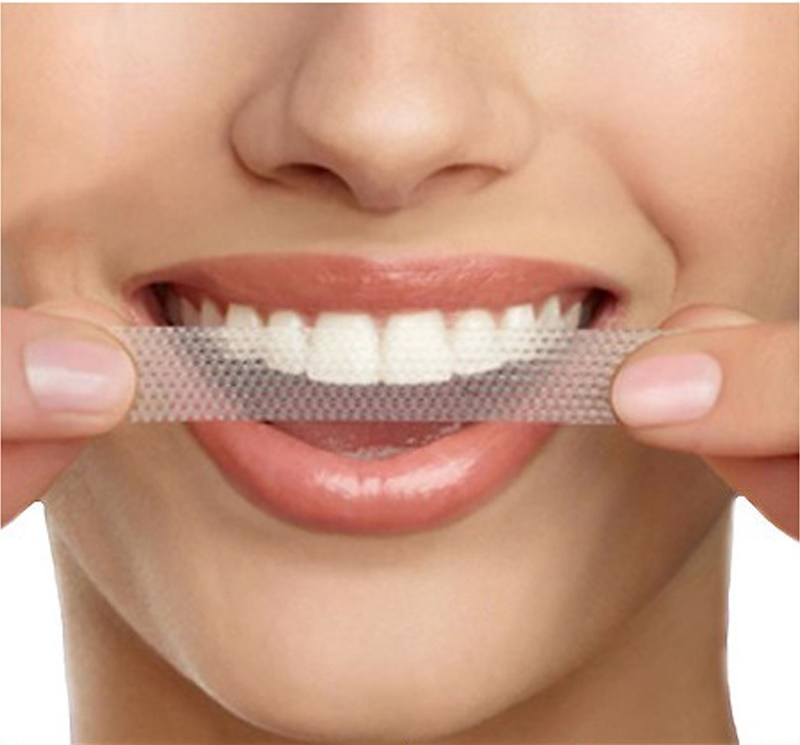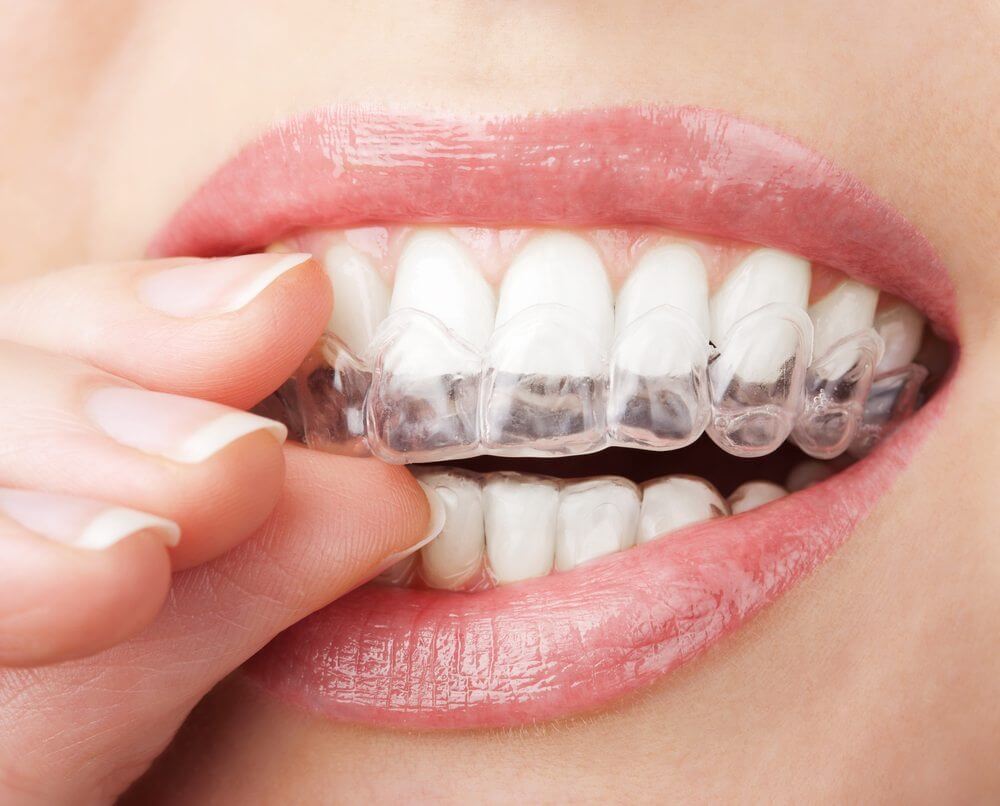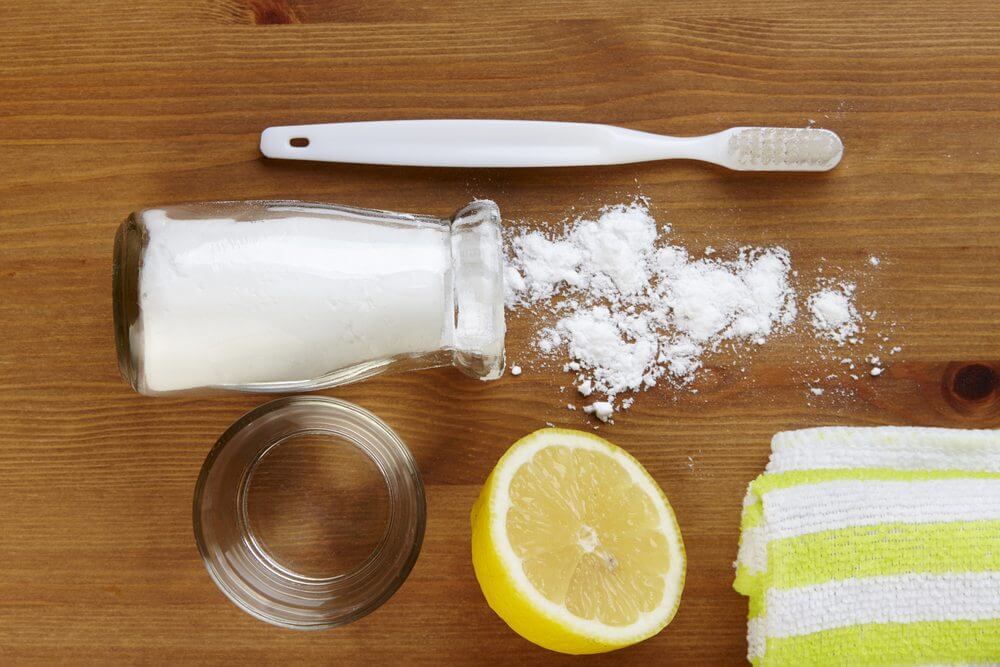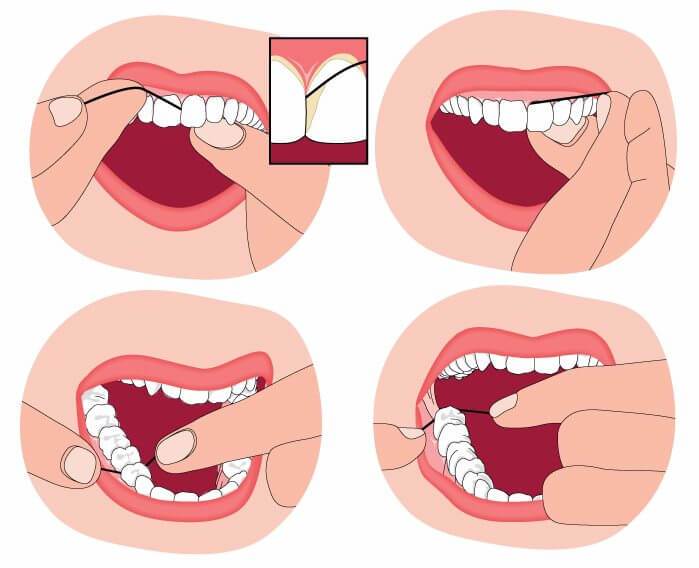6 Steps To Get Whiter Teeth At Home
1.Find the appropriate whitening strips
They should be approved by the American Dental Association (ADA) and shouldn’t contain chlorine dioxide, which can actually damage your enamel. Whitening strips should be made of polyethylene and you can find them at your local drugstore or even a supermarket.
2. Use whitening gel. Find an ADA-approved gel to use on your teeth and read the instructions to understand the process of using a whitening gel. Then, brush the gel onto your teeth with a small brush, just as you normally would — for at least two minutes. Then, spit out the remaining gel and rinse out your mouth until the gel is gone. Whitening gels do not use a strong bleaching agent, so sensitivity is unlikely. Continue using the whitening gel twice a day for fourteen days, or for however long the product is recommended on the instructions. You’ll see results in just a few days.
3. Brush your teeth with a hydrogen peroxide and baking soda paste once a week. This mixture will help keep your teeth looking white and clean. Here’s how you can make it:
- Pour 2 teaspoons of hydrogen peroxide into 3 teaspoons of baking soda. Mix these together until a paste forms. Play with these measurements until you find a consistency that you like. The paste should be similar in thickness to toothpaste.
- Add a tiny bit of mint toothpaste to your homemade paste to give it a fresh flavor. You can also add a drop of peppermint extract.
- Mix in a dash of salt. The salt will exfoliate your teeth as you brush. However, salt is quite abrasive, so don’t use it too often and always use a soft toothbrush.
- Dollop the paste mixture onto your toothbrush.
- Brush the paste onto your teeth in small, circular motions. Once all teeth are covered, let the mixture sit on your teeth for 2 minutes.
- Rinse the solution off your teeth by swishing with water from the bathroom sink.
- Brush your teeth with toothpaste to rid your mouth of any remnants of the hydrogen peroxide mixture.
May You Like :
4. Avoid foods or beverages that stain your teeth. Where possible, you may be able to prevent further staining by making some lifestyle changes. This includes stopping all smoking, and reducing your consumption of beverages containing tannins––soda, coffee, red wine, and tea all contain tannins. In some cases, you can help keep tannin drinks away from your teeth by drinking them with a straw (do not drink hot liquids through a straw).
5. Eat natural teeth helpers. Some foods can actually help you keep your teeth white. Here are a few of them:
- Eat more apples, celery, and carrots. They’re like a fruit and veggie toothbrush for the teeth and they help increase the production of saliva in your mouth, removing plaque. As an added bonus, their high levels of vitamin C help to kill off odor-causing bacteria and strengthen your gums.
- Eat more strawberries. They contain a natural astringent (malic acid), which helps to lift stains. To get the most benefits, consider rubbing half a strawberry over your teeth or mashing the strawberry and applying it to your teeth. Leave for one minute, then rinse clear.
- Rinse with a glass of half lemon juice and half warm water once a week. This will lighten your teeth. Don’t do it more than once a week though, as the lemon juice can erode teeth too.
- Eat more hard cheese. It helps to increase saliva production in the mouth, thereby removing the bacteria that stains teeth and it is also a good source of helpful minerals, such as calcium and zinc.
6. Floss daily. Floss is the most effective way for you to remove plaque build-up from in between your teeth and near the gums. With plaque removed, your teeth will appear much cleaner and therefore brighter.
- Floss at least once a day. A good time is at night, after brushing and before going to bed.
- Experiment with different types of floss until you find one that works best for you. Some floss types may be too rough, too slippery or too flavored for you, so keep looking for one you do like.





